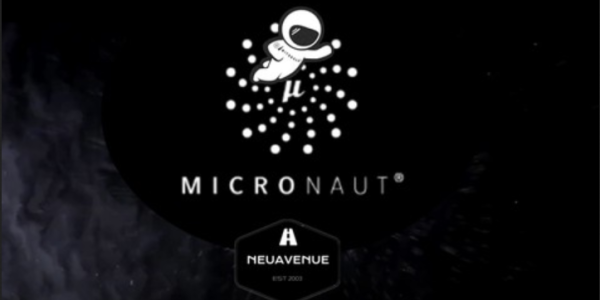Setting up LUKS 2 – Keeping the Data Safe – Securing a System
We can now look at the LUKS key slots. You should see the key in the second slot now.As seen in the following screenshot, slot 1: is populated with a key: Figure 9.7 – LUKS with the second slot used…
Validating adherence to a compliance policy 2 – Keeping the Data Safe – Securing a System
The families of profiles included are as follows: When picking a standard, you can use the default generic standards (such as the Standard System Security Profile for Oracle Linux 8 found at https://static.open-scap.org/ssg-guides/ssg-ol8-guide-standard.html) or a standard that aligns with the…
SELinux fixfiles – Keeping the Data Safe – Securing a System
SELinux fixfilesSELinux fixfiles is a command-line tool that’s used to restore the SELinux file contexts of files and directories. SELinux uses file contexts to determine which processes and users can access specific files or directories on the system. When file…
Installing applications and development tools via AppStream – Revisiting Modules and AppStreams
Installing applications and development tools via AppStream From the previous recipe, we’re familiar with how to search for and list applications in AppStreams; let’s now dive into installing applications and development tools via AppStream.How to do it…Building from the last…
Ridding yourself of demons – err um – daemons, with Podman – Lions, Tigers, and Containers – Oh My! Podman and Friends
Ridding yourself of demons – err um – daemons, with PodmanDocker and Podman are both tools that aim to make it easier to run and manage containers on a host machine. Since Podman is the new kid on the block,…
Giving your containers a root canal – Lions, Tigers, and Containers – Oh My! Podman and Friends
Giving your containers a root canal Straight from the Docker documentation, you will find that “The Docker daemon binds to a Unix socket instead of a TCP port. By default that Unix socket is owned by the user root and…
Working directory – Lions, Tigers, and Containers – Oh My! Podman and Friends
Working directoryYou’ll often want to specify the working directory inside the container, because that’s where the container is configured by default to perform its work. To get the working directory of a container, you can run the following: $ podman…
Docker Compose with Podman – Lions, Tigers, and Containers – Oh My! Podman and Friends
Docker Compose with PodmanPodman is a powerful container engine that is typically accessed via a command-line interface (CLI) to facilitate the configuration and running of containers. It’s very handy to use the CLI to quickly launch a new container instance…
Managing stacks with pods – Lions, Tigers, and Containers – Oh My! Podman and Friends
Managing stacks with pods Keeping everything organized with stacks and prepping for Kubernetes. Podman supports concepts that do not exist in Docker. One of the big ones is pods – so I guess that’s where the name Podman derives from……
Manual pod creation – Lions, Tigers, and Containers – Oh My! Podman and Friends
Manual pod creationLet’s say we wanted to deploy Wiki.js inside a pod. Wiki.js is open source Wiki software built on Node.js and relies on a database backend. In other words, we want a pod that looks like this: Figure 11.4…


